Scientific name Aniba Rank Genus | ||
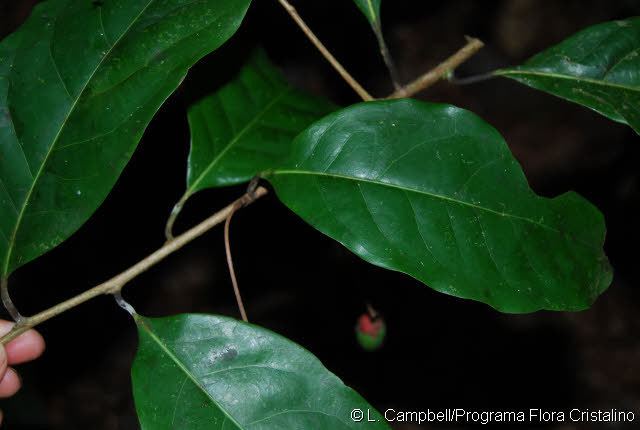 | ||
Lower classifications Aniba rosaeodora, Aniba robusta, Aniba pilosa, Aniba ferrea, Aniba vaupesiana | ||
Aniba rosaeodora rosewood essential oil producer
Aniba is an American neotropical flowering plant genus in the family Lauraceae. They are present in low and mountain cloud forest in Caribbean islands, Central America, and northern to central South America.
Contents
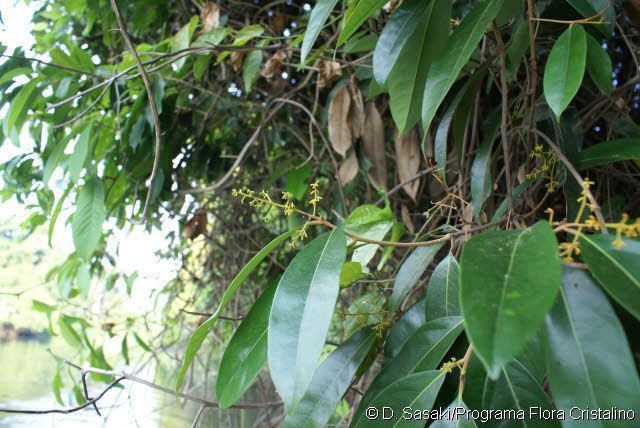
Description
They are shrubs or trees up to 25 m high, hermaphrodites. The leaves are alternate, entire, and elliptical or narrowly elliptical. The inflorescences are paniculate and axillary, the flowers are arranged in cymes essentially, and those strictly opposite side are small. The fruit is a berry-like drupe dispersed mostly by birds. Fruits are 3 cm long and 1.5 cm wide, with deep domes, and warty. Many species have a valuable timber in yellow wood, others have the wood and bark pleasantly scented. The oils extracted from certain species are used as ingredients in the manufacture of perfumes.
Ecology
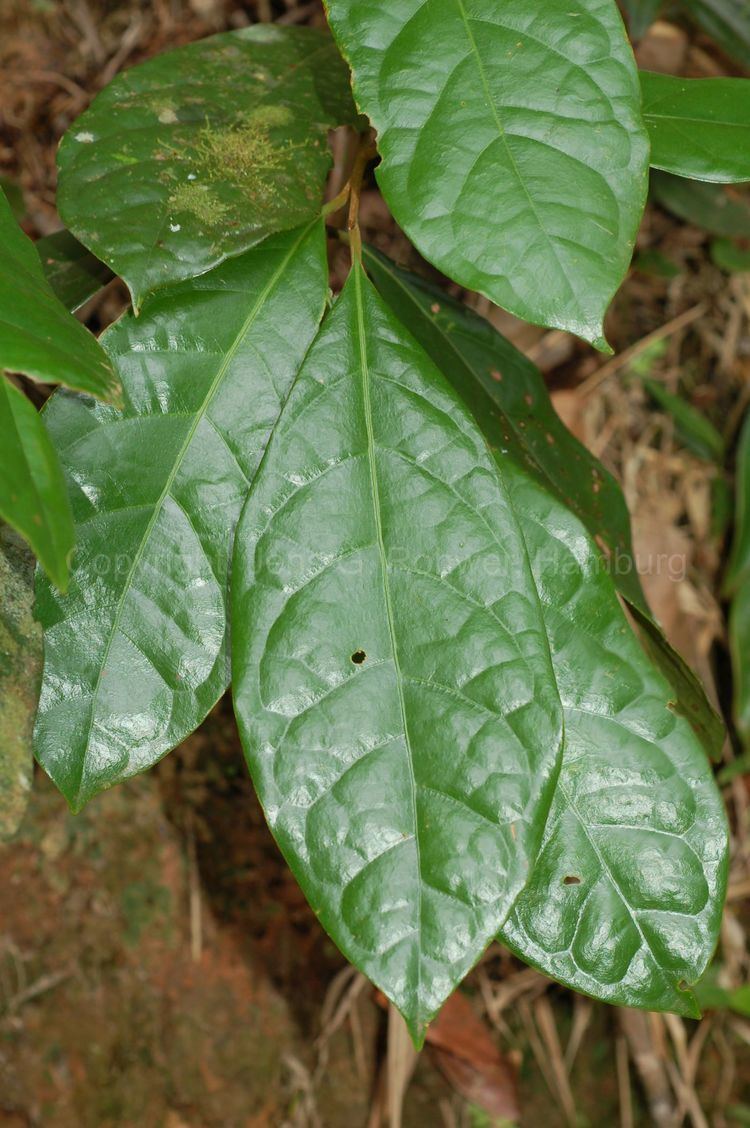
Aniba is a genus of great ecological importance. It currently includes 41 species, classified into six different subgroups, in which the woody structures are almost undifferentiated, the differences are ecological adaptations to different environments over a relatively dry-wet climate. Species in less humid environments are smaller or less robust, with less abundant and thinner foliage and have oleifera cells that give trees a more fragrant aroma.
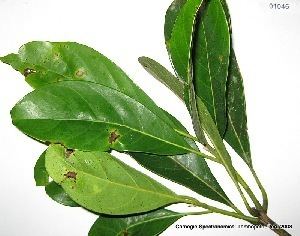
Found throughout the Guianas and the Amazon region, but also in the Pacific coastal areas of Colombia, they grow mostly in tropical forests and Andean cloud forest, but have also been found in stubbles and pastures. Its distribution extends from the islands of the Antilles in the Caribbean to Central America, Nicaragua, Costa Rica, the Guyanas, Venezuela, Colombia, and Peru in the coastal ranges and interior in wet areas, the Andes, and to dry regions of central and southern Brazil.
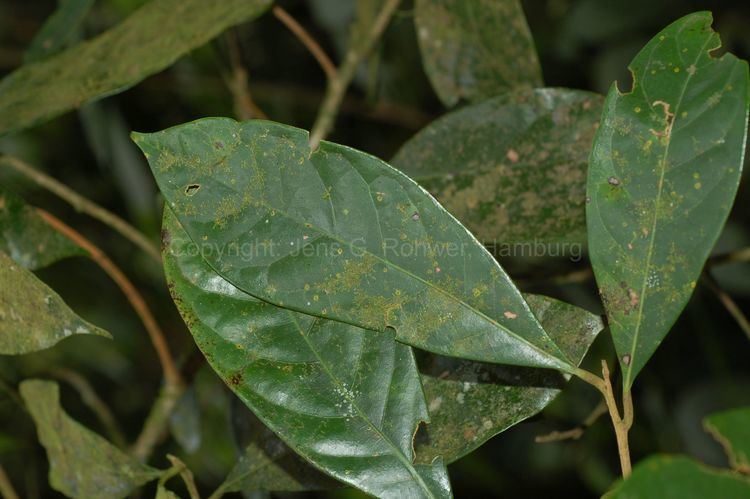
They do not form large stands, but rather small groups of trees with densities up to one individual per five hectares. Due to the low density, exploitation of the natural populations is to the detriment of the rainforest. Overexploitation of the easily accessible trees of the rainforest has been reducing exports since the mid-1990s. Due to the distribution in inaccessible rainforest regions and its low density, it is hard to survey population trends in figures, but overexploitation is evident.

The most known trees are used by the timber industry, more than 14 species. In this genus, the wood has a high commercial value. The woods are typically yellowish with a greenish hue when fresh, becoming brown or olive on exposure. Narrow sapwood is light yellowish. Luster is medium to high; grain is straight to interlocked; texture is fine to medium; they have a spicy odor, and the taste may be distinctive.
